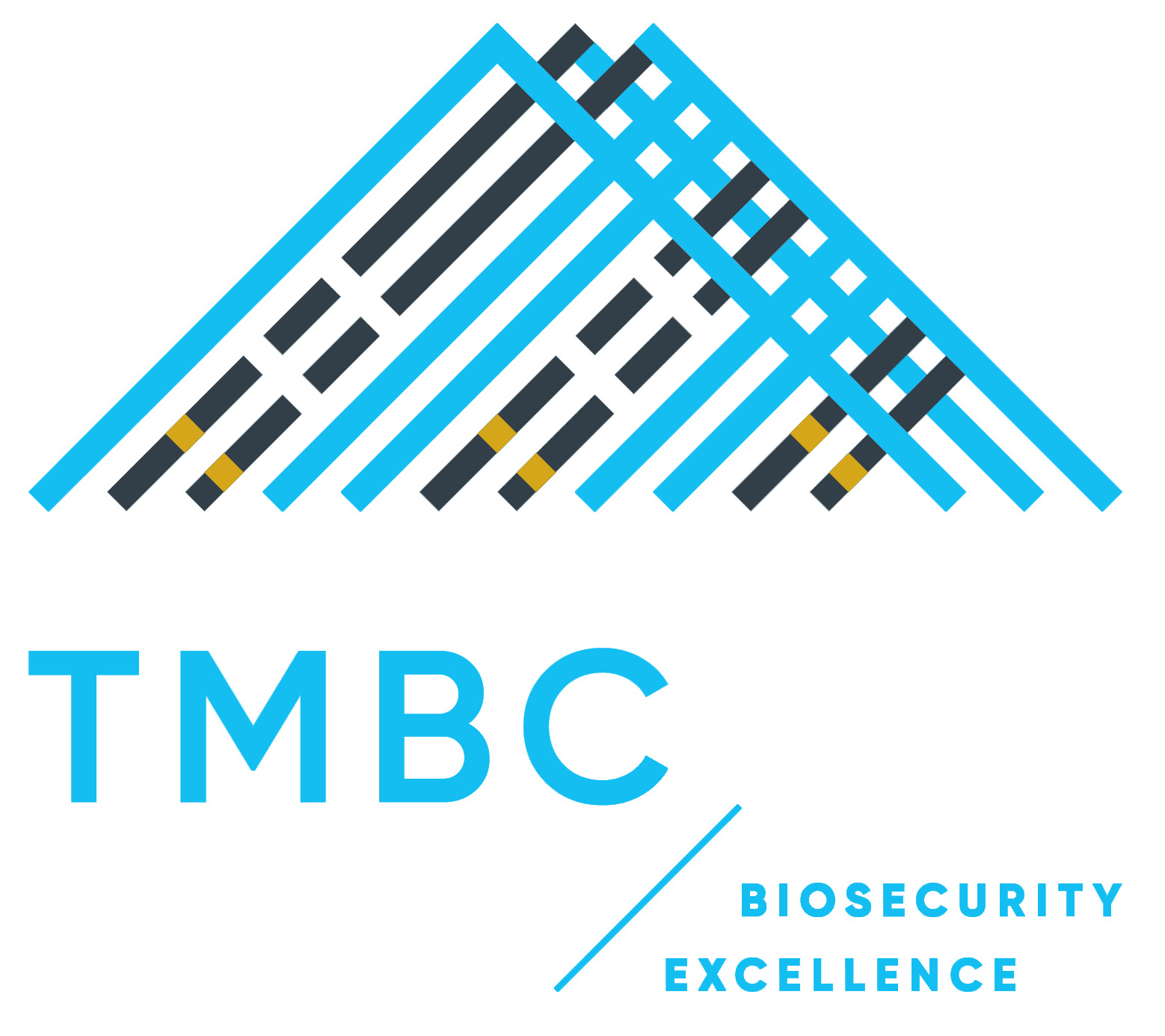Provisional positive test results have recently detected Phytophthora agathidicida (PA) on a track near the Wharawhara entrance of Kaimai Mamaku Conservation Park, near Tauranga.
Some tracks have been closed immediately.
The Department of Conservation (DOC) found PA as part of soil sampling on the track and said the results were unexpected and significant as PA had previously been undetected in the Kaimai Mamaku ranges.
DOC are working with iwi to support a rāhui with formal track and forest closures to allow time to undertake further investigation at this site and assess if additional track mitigation is needed to reduce the risk of spreading PA to other parts of the park. Presently, human activity poses the highest risk of soil movement within and between forests,
“By restricting access, we are trying to limit any further spread of the pathogen that causes the disease, which is carried on as little as a pinhead of soil.”
Jade Kinghazel, DOC operations director of Eastern North Island, said.
At this stage there are no other known positive sites within the Kaimai Mamaku Conservation Park. The closure is initially for 10 weeks and will be reviewed 29th September.
TMBC asks its members and community to help support DOC and iwi by respecting the rāhui and sharing this information to others through their networks.
More from the Department of Conserveration (DOC) on the recent find, including the track closures, can be found here: https://www.doc.govt.nz/news/media-releases/2023-media-releases/kauri-disease-pathogen-found-in-kaimai-ranges/
Phytophthora agathidicida – a threat to kauri
Kauri are a taonga species for Māori and have significant value for our ecosystem, historic heritage, cultural values, tourism industry, and national identity. The create shelter and nourishment for other species, and are important to the indigenous forests of the upper North Island. A number of plants are found only, or mostly, in association with kauri. When kauri disappear, the kauri forest goes too.
Phytophthora agathidicida is a soil-borne pathogen which infects kauri trees through their roots. It reduces the trees’ ability to transport water and nutrients between the roots and the leaves, causing the condition known as kauri dieback disease, which eventually starves the kauri.
There is no known cure for kauri dieback disease, and limited treatment options. However, if we can stop the pathogen from spreading, by ensuring that soil/dirt that could be contaminated with PA is not moved near kauri trees, then we can prevent trees from becoming infected.
This means when we are in kauri forest areas we need to stick to wooden or gravel tracks and avoid kauri root zones (the area that extends about three times the radius of the tree’s canopy), clean our footwear and any gear that might touch the ground so it is dirt-free before entering and leaving, and use all hygiene stations we come across.
These instructions feature among the 10 rules of the National Pest Management Plan for the protection of kauri (NPMP), which entered into force in August 2022. Learn more about the National Plan.
